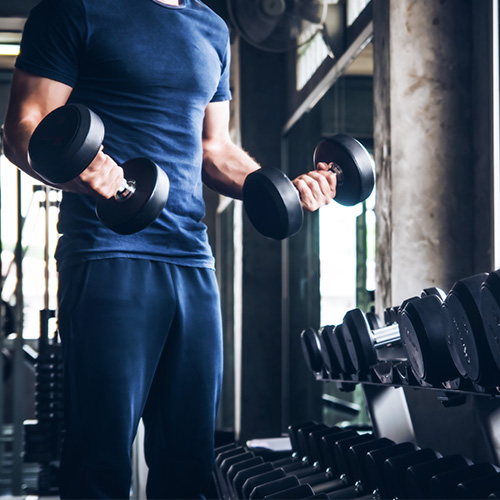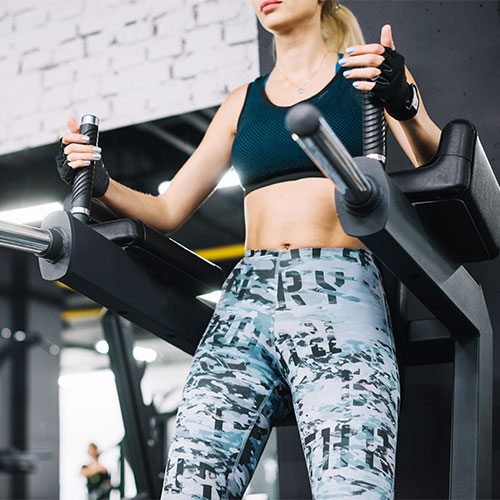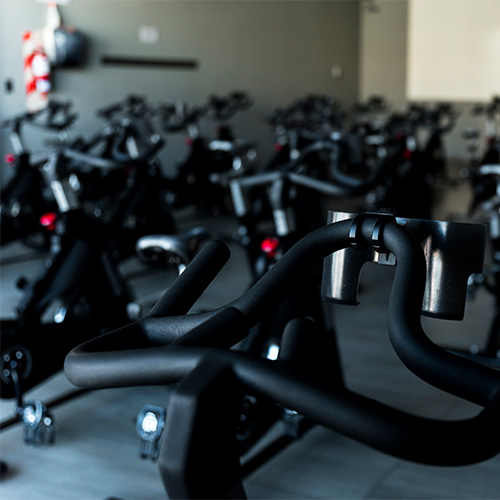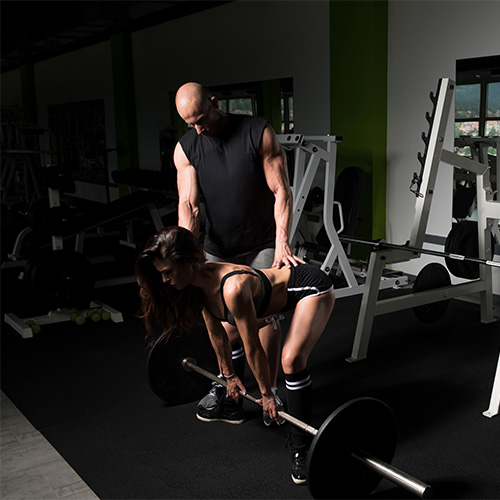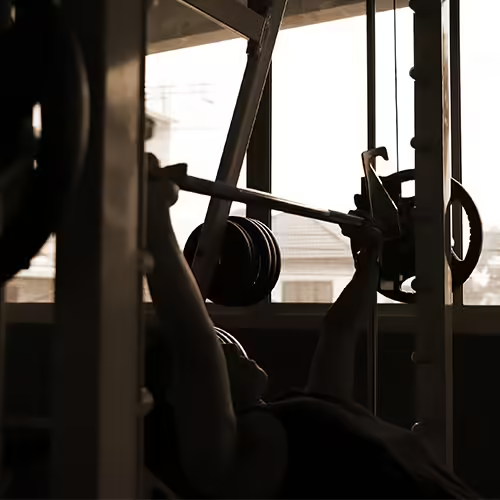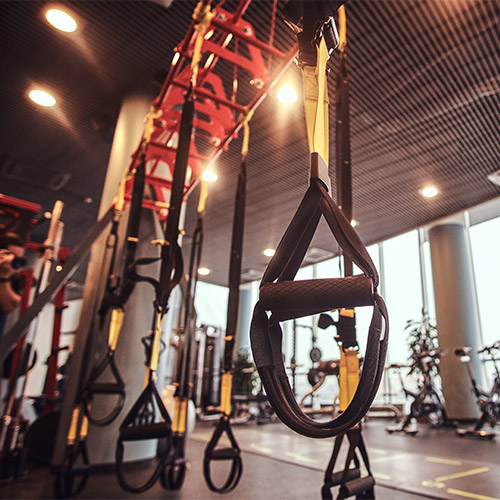Purchasing fitness equipment is an investment in health, but many expensive equipment in households ultimately end up being reduced to “hangers” or “decorations”. How to truly convert your investment into healthy returns? This article will delve into the core reasons for idle equipment and provide a scientific planning method to help you create a high utilization home fitness space.
1、 Facing reality: why are fitness equipment prone to idle?
Understanding the problem is the first step in solving it. Idle fitness equipment is usually caused by the following key factors:
Impulsive consumption and demand mismatch: Many people purchase without clear fitness plans and goals, influenced by promotions or advertisements. When the novelty fades, the equipment is neglected due to not meeting real needs.
- Boring and monotonous single experience: The family environment lacks the social atmosphere of a gym and the motivation of group classes. Running alone on a treadmill or repeatedly practicing the same movement can easily lead to boredom.
Negative feedback on space and experience: Large equipment may occupy too much living space, causing a sense of oppression. And the poor experience of some cheap equipment (such as loud treadmill noise and poor shock absorption) can also reduce the willingness to use it physiologically and psychologically.
Lack of knowledge and guidance: Faced with the uncertainty of how to use equipment scientifically, worrying about injury caused by incorrect movements, or unable to develop effective training plans, these uncertainties constitute intangible barriers to use.
2、 Self review before purchase: Key question list
Before placing an order, please answer the following questions honestly, which will fundamentally avoid blind consumption:
What is my core fitness goal? Is it weight loss, muscle gain, shaping, improving cardiovascular function, or rehabilitation and health care? Different targets correspond to different types of equipment.
What are my sports foundation and lifestyle habits? Are you a novice in sports or a fitness expert? How much fixed time can be squeezed out every day? Is the daily routine regular? The answer determines the difficulty of the equipment and your probability of persistence.
What are my real spatial conditions? Accurately measure the size of the reserved space and consider the storage method of the equipment (whether it can be folded). When space is limited, multi-purpose equipment (such as multifunctional trainers) or small equipment (such as dumbbells, elastic bands) are wiser choices.
What are my and my family’s preferences? Do you prefer watching dramas while aerobic, or do you enjoy the pumping sensation of strength training? Do you value data tracking? Understanding preferences helps to choose equipment that can bring fun.
3、 Strategic choice: Equipment features that increase usage frequency
After clarifying one’s own needs, choosing equipment with the following characteristics can significantly increase the chances of being favored:
Low startup threshold: Choose equipment that is easy to use and does not require complex preparation. For example, a rowing machine placed in the living room is easier to use than a folding treadmill that needs to be pulled out from under the bed and assembled for half a day.
- Complexity and fun: Prioritize choosing a product that can provide multiple training modes with one piece of equipment. For example, a small multifunctional trainer equipped with multiple resistance ropes and accessories can perform various exercises such as pull ups, squats, chest compressions, etc., avoiding monotony. Alternatively, choose equipment with strong entertainment value, such as interactive smart fitness goggles or rowing machines.
- Suitable for home scenarios: Consider silent and shock-absorbing design to avoid affecting family and neighbors. Choose equipment with a design that can blend seamlessly with the home environment, reducing the sense of abruptness in the space.
- “Painless” investment strategy: For beginners, it is recommended to adopt a “small to large” strategy. Let’s start with a small set of dumbbells, a yoga mat, and a few elastic bands. After cultivating a stable exercise habit, consider purchasing large equipment. This greatly reduces the cost of trial and error and psychological burden.
4、 Building a sustainable home fitness ecosystem
Purchasing is just the beginning, creating an environment that promotes persistence is crucial:
Optimize spatial layout: Place the fitness area in a well ventilated, bright, and easily accessible location, rather than in dark corners. A mirror can be installed, which not only facilitates correcting movements but also enhances the sense of space. A good environment can stimulate the desire to exercise.
Develop a ‘stress free’ plan: Do not set unattainable goals from the beginning (such as 1 hour per day). Start with micro habits, such as’ going to the rowing machine for 10 minutes every day after work ‘. The key is to establish a sense of achievement through ‘doing’, rather than the amount of exercise. After persisting, gradually increase the duration and intensity.
- Integrate into daily life flow: Combine exercise with daily activities. For example, riding a spinning bike while watching TV, or doing strength training while listening to podcasts. Make fitness a part of life, rather than a “task” that requires deliberately freeing up time to complete.
- Utilize technology and community: Use fitness apps to record data, participate in challenges, and obtain course guidance. Even when exercising at home, you can join online fitness communities or share progress with friends, using social supervision and a sense of achievement to maintain motivation.
- Regular updates and maintenance: Clean, lubricate, and inspect equipment regularly. A clean and tidy equipment that runs smoothly is more attractive than equipment that is covered in dust and emits abnormal noises. Occasionally adding a new accessory (such as a new colored elastic band) can reignite enthusiasm.
5、 Practical plan: transition from “dust accumulation” to “high utilization rate”
If you already have idle equipment at home, you may try the following methods to wake them up:
- Repositioning: Think about its new uses. Slow climbing on a treadmill is a great warm-up tool; A squat stand can be used for stretching.
- “Second hand trade in” or “crowdfunding”: If a certain device is indeed not suitable for you, you can consider selling it on a second-hand platform and using the money to exchange it for a smaller device that you like more. Or buy a slightly expensive shared equipment with family or friends and take turns using it.
Seeking professional guidance: Book an online coaching session and have the coach teach you how to fully utilize the existing equipment at home to design an effective cyclic training plan. This can break the dilemma of not being able to use it.
Conclusion: Invest in habits, not tools
Ultimately, the core of a successful home gym lies not in the expensive and complete equipment, but in the deep integration of exercise habits. The ideal state is that fitness equipment is no longer a deliberate tool that needs to be “used”, but like furniture, it naturally and casually becomes an integral part of your healthy lifestyle.
I hope this guide can help you make wiser decisions and make every sweat like rain a stable and enjoyable rhythm in your life.

